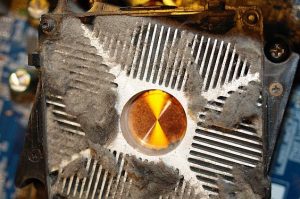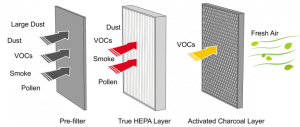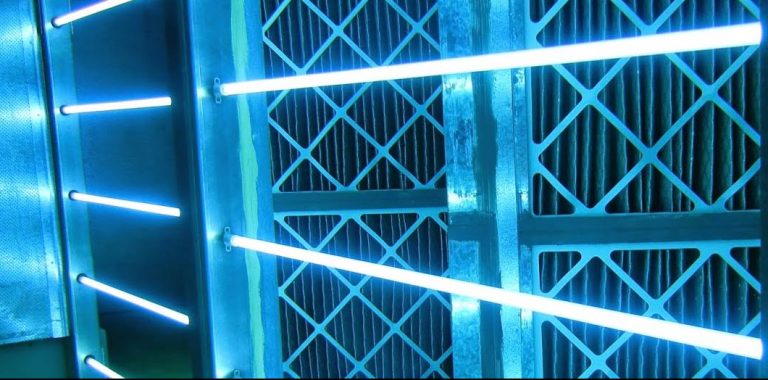Pollution Free Data Center with Air Quality Monitoring System

Pollutants in the Air of a Data Center:
Salt
How to Keep our HVACs Free of Salt Pollution?
Schedule Regular HVAC Maintenance
Clean and Wipe the Coils
Purchase the Right HVAC System
Install in the Right Location
Apply Anti-Corrosion Coat
Clear Obstructions
Dust
Harmful Gases
So How do we Remedy this Problem?
Air Filter/ Purifiers
Types of Air Purifiers:
Basic and HEPA Filters
 The most common type of air cleaner consists of foam, fiberglass, cotton, or other particle-trapping materials. They work by allowing air to pass through the filter through your HVAC system or independently via a free-standing model. The particles in the air are caught in the filter, requiring them to be changed every month or the particles will accumulate inside of them. The MERV rating determines the quality and strength of your air filter. The higher the MERV rating, the better the filter. HEPA filters are the most powerful filters in the MERV rating scale. You need an HVAC system that’s powerful enough to manage it.
The most common type of air cleaner consists of foam, fiberglass, cotton, or other particle-trapping materials. They work by allowing air to pass through the filter through your HVAC system or independently via a free-standing model. The particles in the air are caught in the filter, requiring them to be changed every month or the particles will accumulate inside of them. The MERV rating determines the quality and strength of your air filter. The higher the MERV rating, the better the filter. HEPA filters are the most powerful filters in the MERV rating scale. You need an HVAC system that’s powerful enough to manage it.Ionizers and Ozone Generators
Ionizers and ozone generators operate the same way, but they generate slightly different molecules. They give out either charged ions or charged ozone. Ordinary particles in the air carry a neutral charge. When they interact with the ozone or ions, they become charged as well. This allows them to adhere to surfaces instead of simply floating around. But people with respiratory ailments are prone to lung irritation because of the ozone. When this happens, use a different kind of filter.Electrostatic Filters
These types of filters charge the particles in the atmosphere. It purifies them by allowing them to adhere to the inside of the machine and collecting them there. You can pull out the plates where the particles have stuck, and simply wash them before reusing. Electrostatic filters generate ozone which gives out an electrical charge that kills particulates, microbes, and mold spores.

Activated Carbon Filters
Ultraviolet Lights
Air Quality Monitoring System
Due to poor air quality caused by worsening air pollution, many data centers in urban areas are experiencing an increase in mechanical failures. This showcases the need for an effective air quality monitoring system.
Air Quality Monitoring System helps detect the concentration level of harmful gases like SO2, H2S, CO, in the data center. These gases are not just harmful to humans but more so to the equipment of your data centers.
AKCP has air quality monitoring sensors that can detect particle sizes PM0.5, PM1.0, PM2.5, PM4, and PM1. Wireless Air Quality Sensor can also measure the mass concentration of particles in the PM1.0 to PM10 range and particle number concentration in the PM0.5 to PM10 range. Some of the harmful air particles which can be detected using this sensor include:
- Acetone (eg. paints and glues)
- Toluene (eg. furniture)
- Ethanol (eg. perfume, cleaning fluids)
- Hydrogen Sulfide (eg. decaying food)
- Benzene (eg. Cigarette smoke)
Conclusion
For Air Quality Monitoring inquiries, you may contact us with the following g links below:
References:
https://www.farmersair.com/blog/2016/may/saltwater-and-my-hvac-what-should-i-know-/
https://www.ellsworthair.com/can-salt-water-damage-my-heating-system/
https://joplins.net/articles/understanding-5-types-air-cleaners-purifiers

